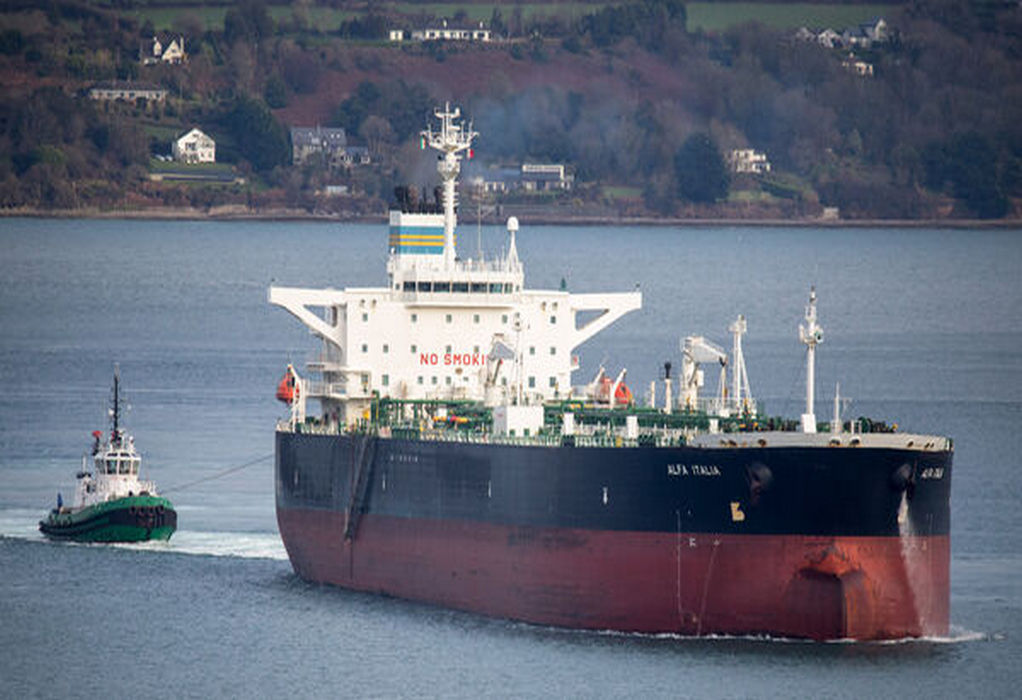European Parliament (EP), the Council of the European Union, and the European Commission (EC) have reached an agreement on the FuelEU Maritime regulation, with the objective to increase the share of renewable and low-carbon fuels in the fuel mix of maritime transport in the EU.
In particular, from 2025, for ships trading in the EU/EEA, the yearly average GHG intensity of energy used on board, measured as GHG emissions per energy unit (gCO2e/MJ), needs to be below a required level. In addition to emissions from the use on board the ship, the GHG emission are calculated in a well-to-wake perspective, including emissions related to the extraction, cultivation, production and transportation of the fuel. The regulation includes provisions for crediting ships using wind-assisted propulsion.
The GHG intensity requirements are set as a percentage reduction relative to a reference value of 91.16 gCO2e/MJ. The percentage reduction requirement increases gradually every five years to 2050 – meaning, for example, that it stays at 2% from 2025 to end-2029.
FuelEU is a draft Regulation, part of the EU’s ‘Fit for 55’ package, which aims to incentivise the use of renewable and low-carbon fuels on ships to reduce greenhouse gas (GHG) emissions (CO2, CH4 and N2O).
From 2030, container ships and passenger ships are required to connect to shore power for all electrical power demand, when at berth for more than two hours in a Trans-European Transport Network (TEN-T) port. From 2035, the requirement applies to all ports where shore power is available. The electricity supplied to the ship from shore is also included for the calculation of the annual GHG intensity, but can be reported as zero well-to-wake GHG emissions initially.
The FuelEU Maritime regulation does not initially set requirements on the use of renewable fuels of non-biological origin (RFNBOs), but sets their use as an additional incentive: use of such fuels counts as double the energy used. If the total share of RFNBOs in shipping in EU is below 1% in 2031, a separate use requirement will be added from 2034.
The regulation includes carbon dioxide (CO2), methane (CH4) and nitrous oxide (N2O) emissions calculated as CO2 equivalents using a Global Warming Potential of 100 years (GWP100), whereby 1 tonne of methane equals 28 tCO2e and 1 tonne of N2O equals 265 tCO2e.
The GHG intensity requirement applies to 100% of energy used on voyages and port calls within the EU/EEA, and 50% of energy used on voyages into or out of the EU/EEA. To avoid evasive behaviour, container ships stopping in transhipment ports outside the EU/EEA but less than 300 nautical miles from an EU/EEA port, need to include 50% of the energy for the voyage to that port as well, rather than only the short leg from the transhipment port. The EU will provide a list of transhipment ports.
According to DNV, several exemptions are provided to address the specific situations of ice-classed ships, outermost regions, small islands (under 200,000 permanent residents) as well as areas economically highly dependent on their maritime connectivity. The FuelEU Maritime regulation defines default well-to-tank and tank-to-wake emission conversion factors for various fuel types, production pathways and onboard energy converters. Fossil fuels must use the default values for well-to-tank GHG emissions and for tank-to-wake CO2 emissions but can use actual values for tank-to-wake CH4 and N2O, certified by means of laboratory testing or direct emissions measurements.
Biofuels, RFNBOs and recycled carbon fuels (RCF) fulfilling the sustainability and GHG emissions-saving criteria (70% reduction from current fossil fuels) under the EU’s Renewable
For non-fossil fuels, additional information will be required to accompany the Bunker Delivery Note (BDN), including evidence of compliance with the sustainability criteria certification and the GHG intensity. The energy use and emissions will be reported and verified through a scheme which is separate from the existing EU Monitoring, Reporting and Verification (MRV) system. However, elements from the MRV regulation can be reused for the purpose of the FuelEU Maritime regulation.
The requirements apply to the shipping company which is the shipowner or any other organization or person, such as the manager or the bareboat charterer, who has assumed the responsibility for the operation of the ship including duties and responsibilities imposed by the ISM Code. Each company will need to be registered with an administering authority, which is the same as for EU ETS compliance.
By 31 August 2024, a monitoring plan needs to be submitted to a verifier, describing the method for monitoring and reporting of the data required under this regulation. This plan comes in addition to the current MRV Monitoring Plan, but elements can be reused.
Tags: eu, FuelEU Maritime, Shipping, Sustaiable



Recent Posts
Hygenco Commissions Maharashtra’s First Green Hydrogen and Oxygen Facility to Power STL’s Net Zero Goals
India Invites Second Round of R&D Proposals Under ₹4 Billion Green Hydrogen Mission
BMTC Adds 148 Tata Electric Buses to Bengaluru Fleet, Strengthens Green Mobility Drive
MITSUI E&S Deploys Hydrogen Fuel-Cell RTG Crane at Yokohama’s Minami Honmoku Terminal
WinGD’s first ammonia-fuelled engine installed on EXMAR vessels
DP World and Asian Terminals Inc deploy first fleet of electric internal transfer vehicles in the Philippines
Lloyd’s Register Decarbonisation Hub Joins Mærsk Mc-Kinney Møller Center as Knowledge Partner
Wärtsilä engines selected to deliver reliable power for US data center